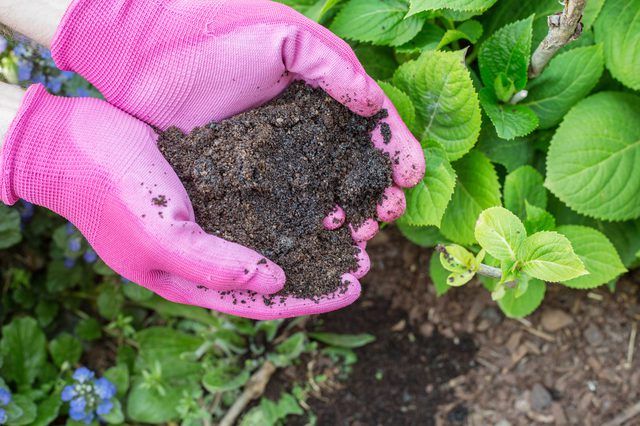Bulbs
Flower Basics
Flower Beds & Specialty Gardens
Flower Garden
Garden Furniture
Garden Gnomes
Garden Seeds
Garden Sheds
Garden Statues
Garden Tools & Supplies
Gardening Basics
Green & Organic
Groundcovers & Vines
Growing Annuals
Growing Basil
Growing Beans
Growing Berries
Growing Blueberries
Growing Cactus
Growing Corn
Growing Cotton
Growing Edibles
Growing Flowers
Growing Garlic
Growing Grapes
Growing Grass
Growing Herbs
Growing Jasmine
Growing Mint
Growing Mushrooms
Orchids
Growing Peanuts
Growing Perennials
Growing Plants
Growing Rosemary
Growing Roses
Growing Strawberries
Growing Sunflowers
Growing Thyme
Growing Tomatoes
Growing Tulips
Growing Vegetables
Herb Basics
Herb Garden
Indoor Growing
Landscaping Basics
Landscaping Patios
Landscaping Plants
Landscaping Shrubs
Landscaping Trees
Landscaping Walks & Pathways
Lawn Basics
Lawn Maintenance
Lawn Mowers
Lawn Ornaments
Lawn Planting
Lawn Tools
Outdoor Growing
Overall Landscape Planning
Pests, Weeds & Problems
Plant Basics
Rock Garden
Rose Garden
Shrubs
Soil
Specialty Gardens
Trees
Vegetable Garden
Yard Maintenance
Hydrangeas & Coffee Grounds
Hydrangeas & Coffee Grounds. You can change the blossoms of Hydrangeas (Hydrangea spp.) from pink to blue by increasing the acidity of the soil. While adding coffee grounds may reduce soil pH, making it more acidic, the effect is temporary. Using coffee grounds as compost or mulch may benefit these perennial flowering shrubs.
You can change the blossoms of Hydrangeas (Hydrangea spp.) from pink to blue by increasing the acidity of the soil. While adding coffee grounds may reduce soil pH, making it more acidic, the effect is temporary. Using coffee grounds as compost or mulch may benefit these perennial flowering shrubs.
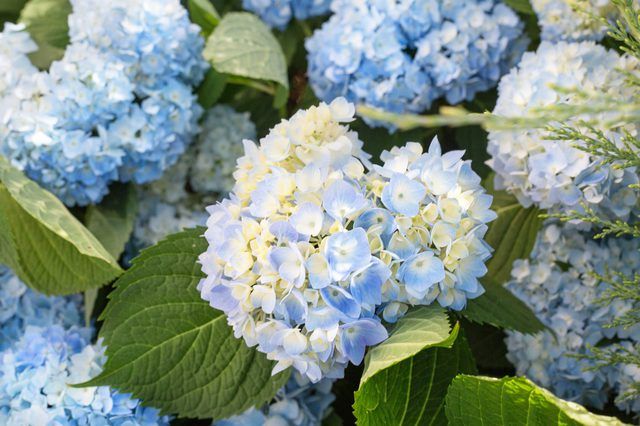
Only five of the 23 species of the Hydrangea genus are grown widely in the United States. Cultivars of the most familiar species, bigleaf hydrangea (Hydrangea macrophylla), will grow in U.S. Department of Agriculture plant hardiness zones 5a through 9a.
Other typically available species include panicle hydrangea (Hydrangea paniculata, USDA zones 4 through 7); oakleaf hydrangea (Hydrangea quercifolia, USDA zones 5 through 9); smooth hydrangea (Hydrangea arborescens, USDA zones 4 to 9); and climbing hydrangea (Hydrangea anomala subsp. petiolaris, USDA zones 4 to 7).
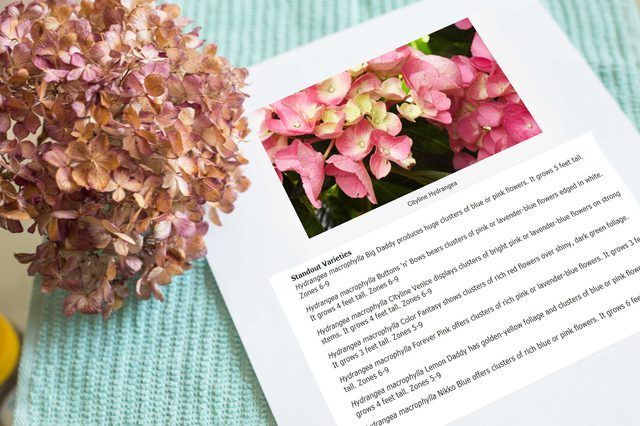
Soil pH is measured on a scale of 1 to 14. Soil below 7 is acidic while above 7 is alkaline. Aluminum in the soil is readily available to hydrangeas at low soil pH levels, turning hydrangea flowers blue. Aluminum is less available at higher pH levels, turning hydrangea flowers pink. Assertions that adding coffee grounds to soil is useful for permanently decreasing its pH -- and so turn hydrangea blossoms from pink to blue -- have not been proved by horticultural studies. The evidence is that any changes to soil pH made by adding coffee grounds happens after two to three weeks after incubation and not before. The pH decreases after that. You can buy a kit to measure soil pH at most garden supply centers.
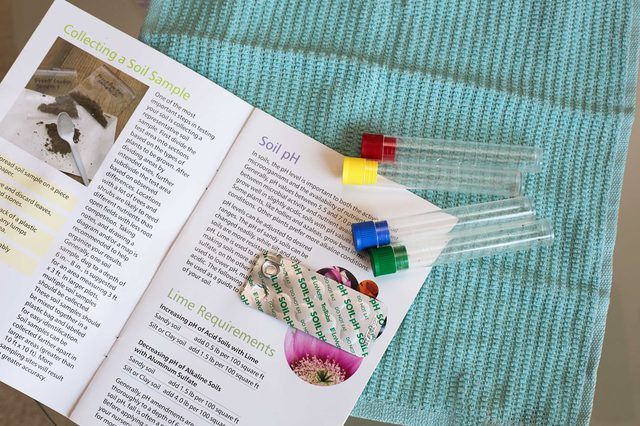
There are alternative ways to alter soil pH other than using coffee grounds. To lower soil pH, spread 1/2 cup of soluble sulfur on 10 square feet of ground. To raise soil pH, spread 1 cup of dolomitic lime on 10 square feet of ground. Water either of these into the soil. Raising pH takes longer than lowering it, and the effect of dolomitic lime may not be apparent for a year.
You can buy soluble sulfur or dolomitic lime at most garden supply centers. Wear gloves, long-sleeved shirts and protective eye wear when using these chemicals, and do not inhale them. If you do ingest or inhale them, call the National Capital Poison Center at 800-222-1212. This line, operated around the clock, will connect you with a poison control center in your area.
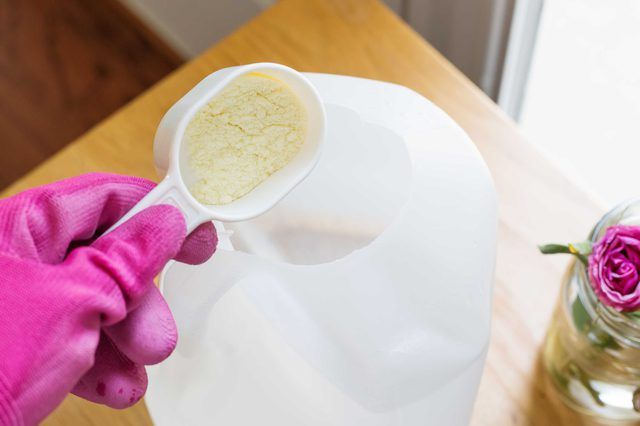
Coffee grounds contain up to 10 percent of nitrogen-rich proteins that plant seeds need to germinate and plants need for growth. Adding from 20 percent to 30 percent of coffee grounds to mulch makes the best use of this benefit, but more than that can be detrimental. The possible benefit of nitrogen in coffee to hydrangeas is unknown.
Evidence in studies involving annual beans (Phaseolus vulgaris), cucumbers (Cucumis sativus), tomatoes (Solanum lycopersicum) and spinach (Spinacia oleracea) suggests that as they decompose, coffee grounds in compost added to soil as an amendment suppress soil-borne fungal wilts and rots. These diseases include pythium, sclerotinia and fusarium. The studies, reported by horticulturalist Dr. Linda Chalker-Scott of Washington State University, included compost that contained up to 50 percent coffee. The studies did not prove that coffee grounds effectively suppressed fungal diseases on hydrangeas or other plants.
Coffee grounds compact easily, and if they are applied in thick layers as mulch, they can block air and water from entering soil. A useful alternative is apply a 4-inch layer of wood chips or other coarse organic mulch over a layer of no more than 1/2 inch of coffee grounds.
